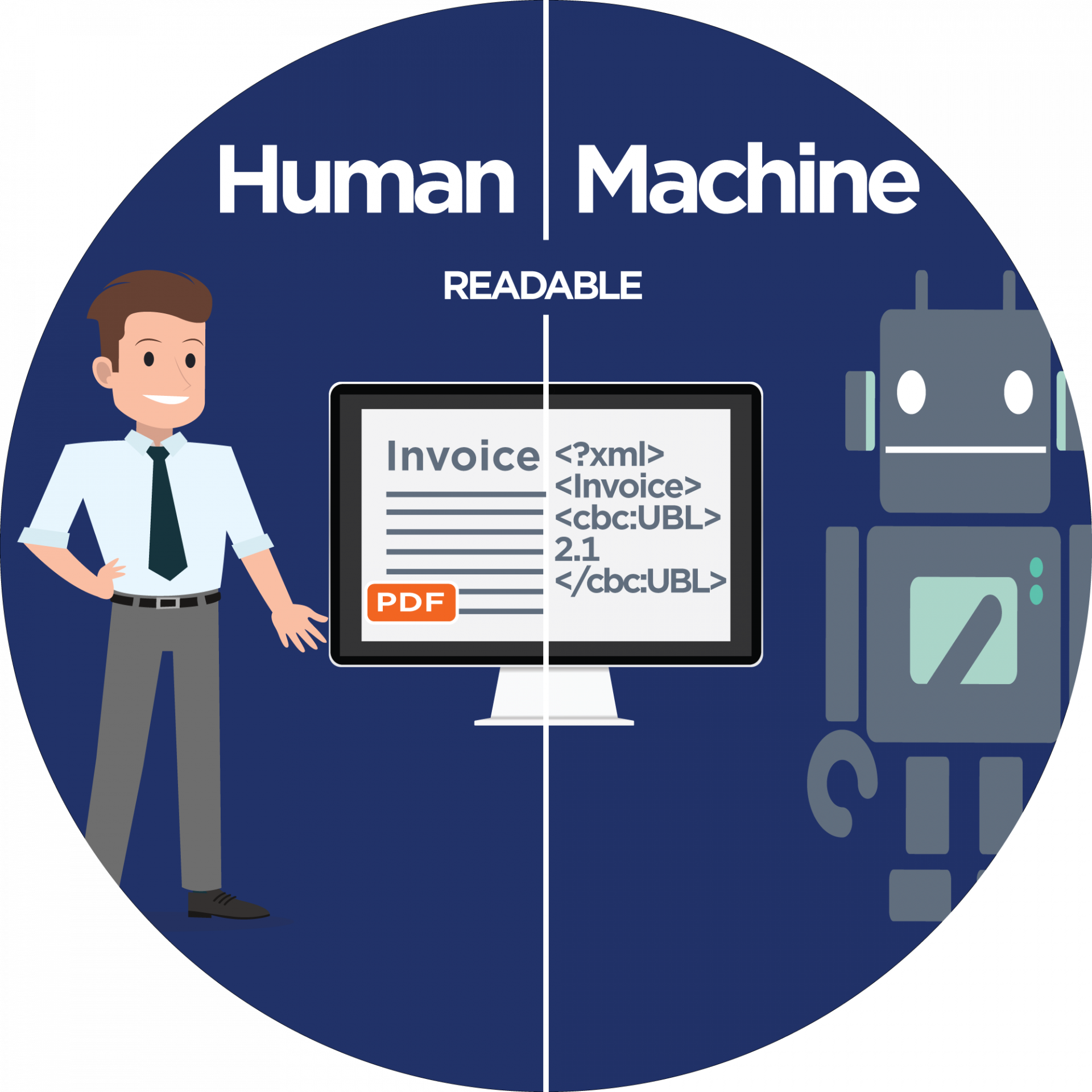Types of electronic invoices

Given that GS1 only supports standards for machine-readable EDI invoices, the term 'e-invoice' below should always be regarded as 'machine-readable EDI invoice'.
Different standards of e-invoices
There are various different standards for e-invoices. This also applies to other machine-readable EDI commercial documents such as electronic orders or delivery notes. This is because each sector may have its own specific requirements.
At GS1 Belgium & Luxembourg we support 2 commonly used standards: Harmonized Order to Cash & Peppol. Depending on the sector in which you are active, it is best to use a different standard. Take a look at the table for more information.
| Harmonized Order to Cash | Peppol |
|---|---|
| Only for FMCG & Foodservice within Belgium or Luxembourg | Developed with cross-sector messaging in mind |
| Can be converted into a Peppol invoice for the government via GS1 Belgilux. Consult this document and contact our helpdesk to set up the connection. | Accepted for billing to the public sector and governments |
| Harmonized Order to Cash is designed as a subset of the GS1 EANCOM standard. This means that your HO2C message can always be read by a (foreign) partner that follows the EANCOM standard. It remains possible that your partner expects elements that are not documented in HO2C. | Peppol e-invoices can only be sent and received via an Access Point of the Peppol eDelivery Network. Ask your software supplier whether it is connected to the Peppol network or can send/receive e-invoices via the Peppol network via a third party. |
| Manual | Manual |
